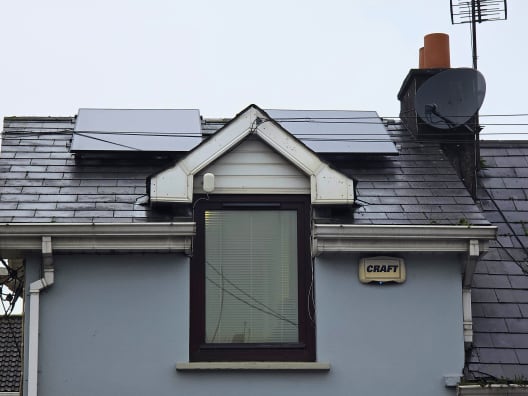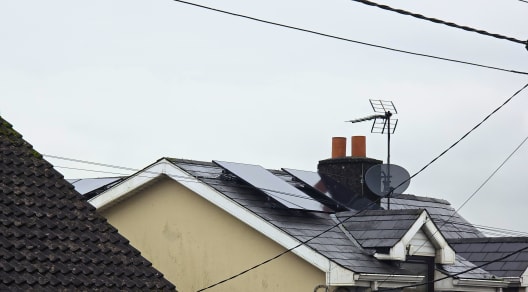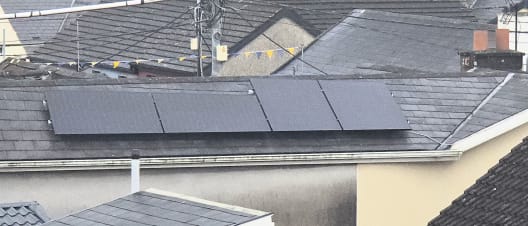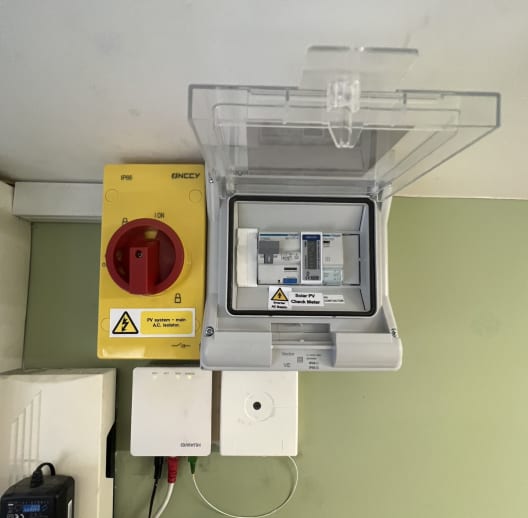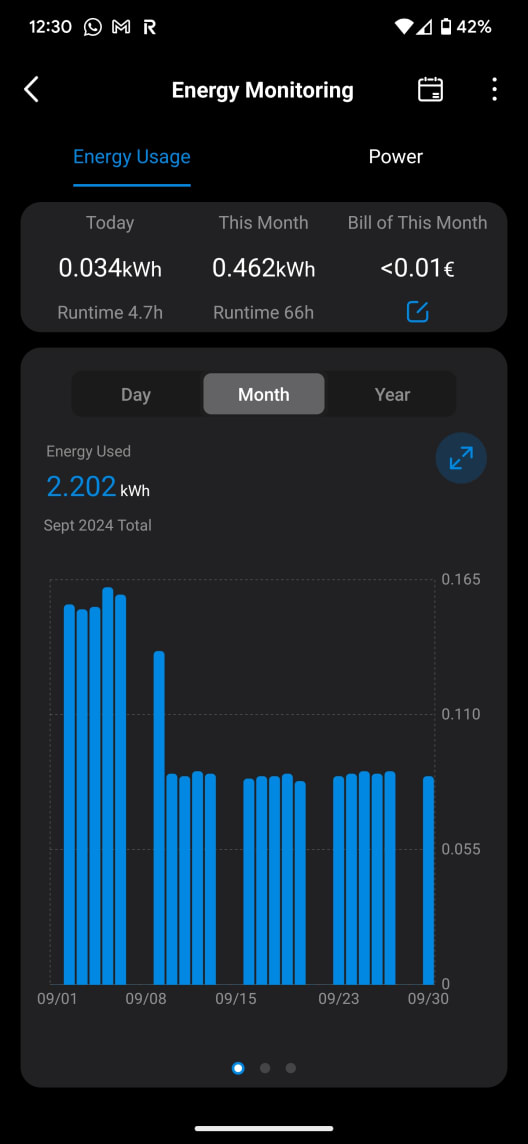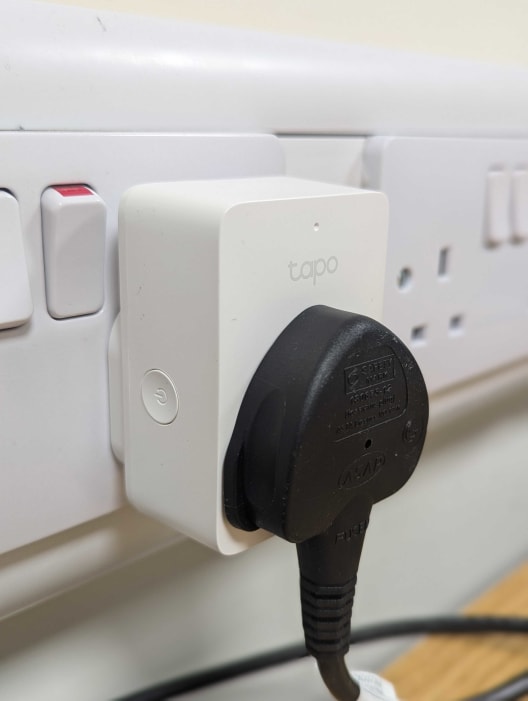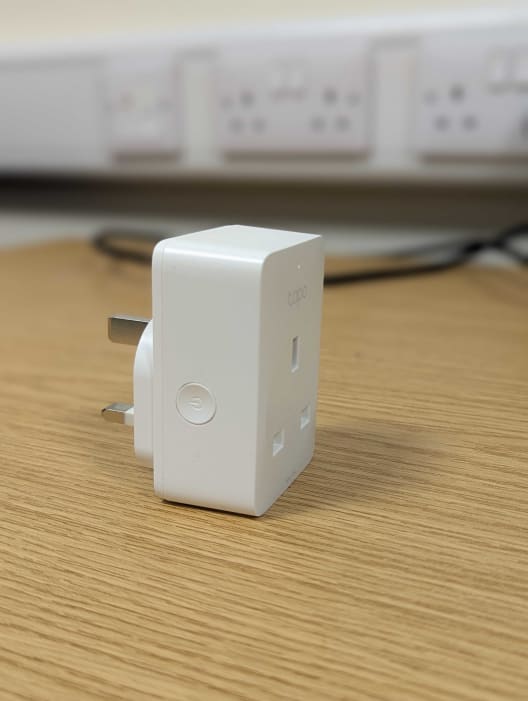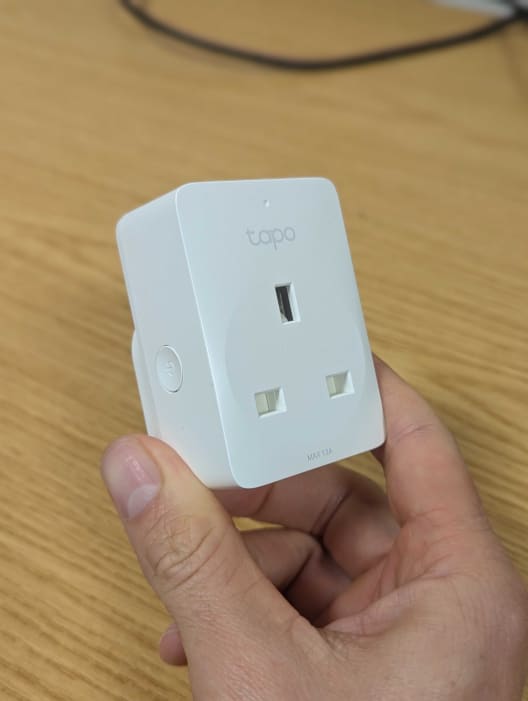Our Solar Powered Office
The team at PureVolt Solar talked us through every step of our solar journey, from details on solar grants for businesses to info on solar PV inspection and maintenance, and everything in between, we even picked up a few of the more techy solar phrases along the way. Here's an overview of our solar panel setup:
Solar Panel Brand & Specs
On the 3rd of November 2023, PureVolt installed 6x solar panels across two roofs (you can find the full details of the panels here: LONGi LR5-54HPB-415M), two panels facing east and four panels facing south. Alas, this was the largest system we could fit, as our office's roof space is limited. The six panels each have 415 Wp, with a total solar array of 2.49 kWp.
Micro-Inverters
Our solar PV system also includes micro-inverters, eliminating the need for additional equipment inside the office — aside for two small boxes tucked neatly away in the top corner. These inverters optimize the energy from each panel independently, maximizing their efficiency. This setup is especially useful if, for example, one panel becomes shaded, as it won't impact the performance of the other five.
Energy Use
Since our office operates during the day, battery storage wasn't necessary. Instead, our solar setup powers the office directly, reducing reliance on the grid while we're at work.
Quick and Non-Disruptive Installation
The entire solar installation was completed in one day, with little to no interruption to our staff. Thanks to the setup's design, the work took place outside — allowing our team, and theirs, to carry on without disruption. An added bonus was their super-neat craftsmanship, and their seamless tidy up efforts afterwards.

